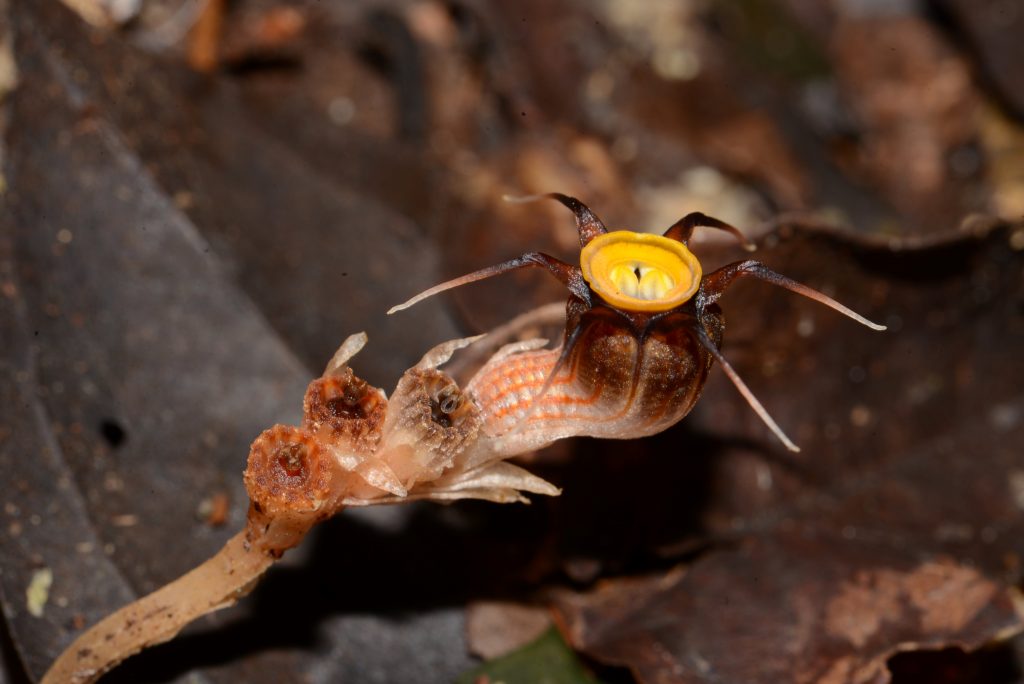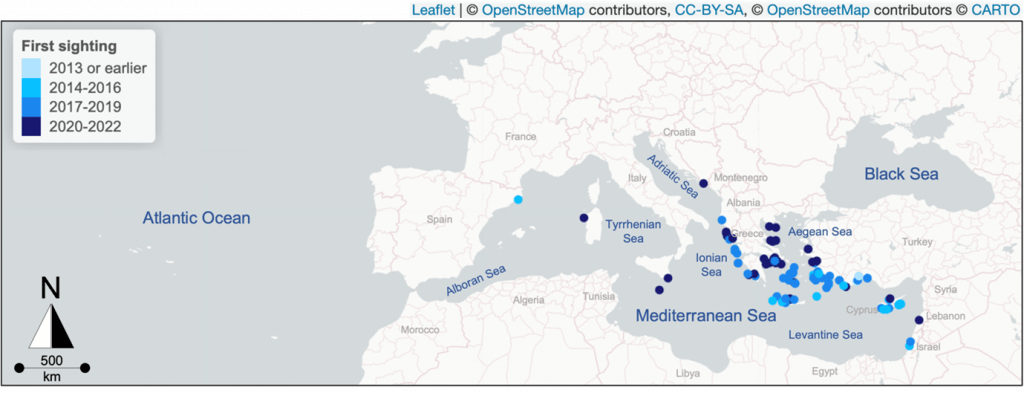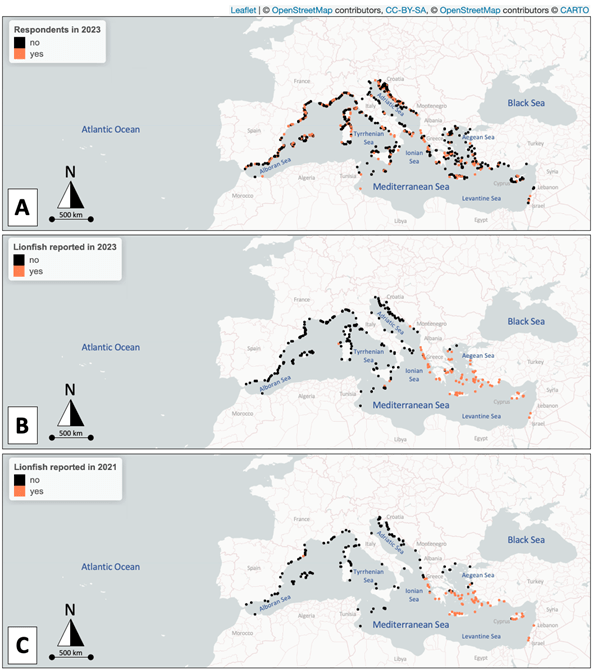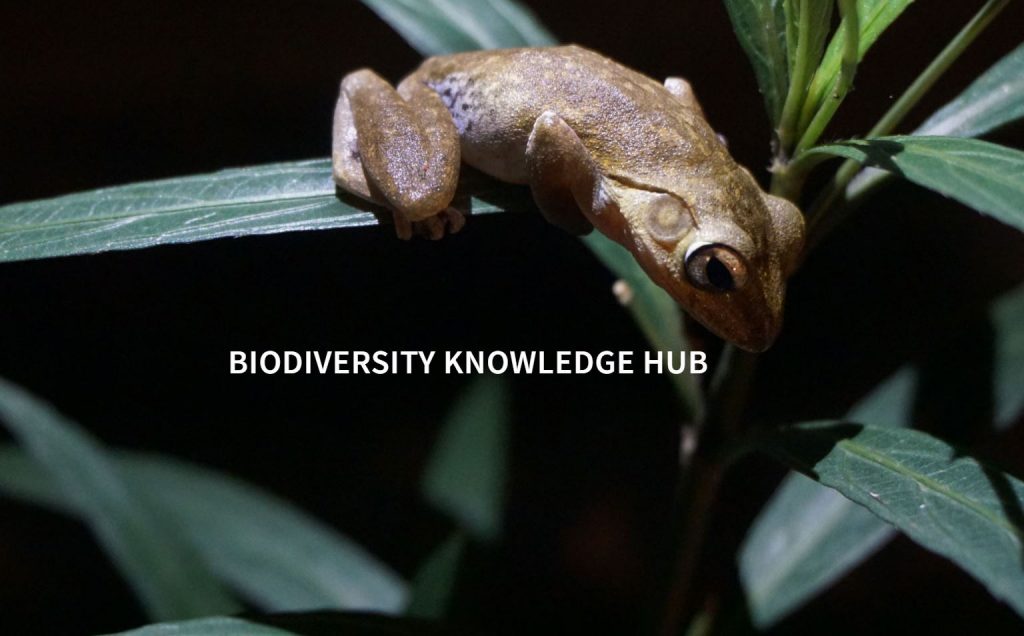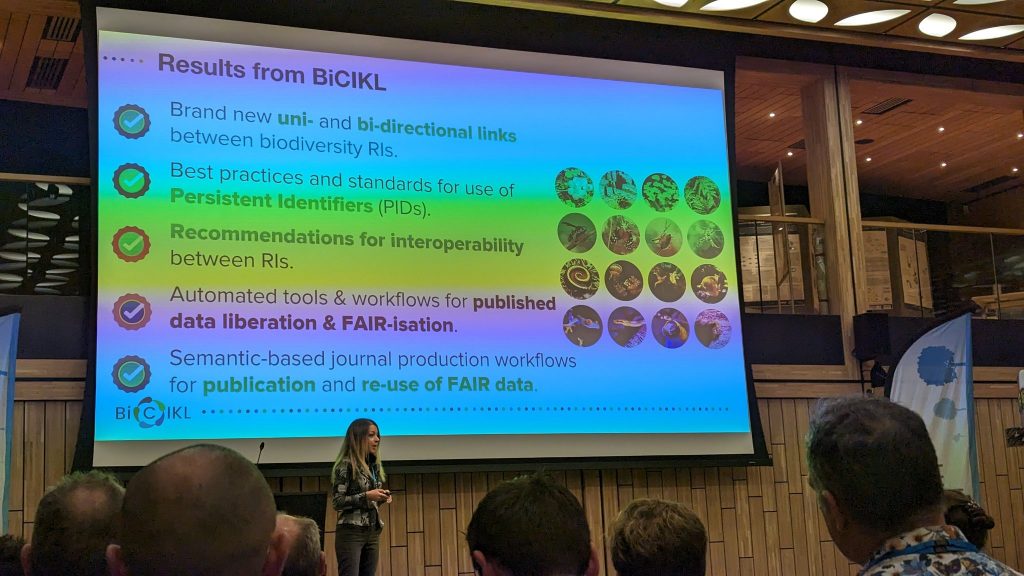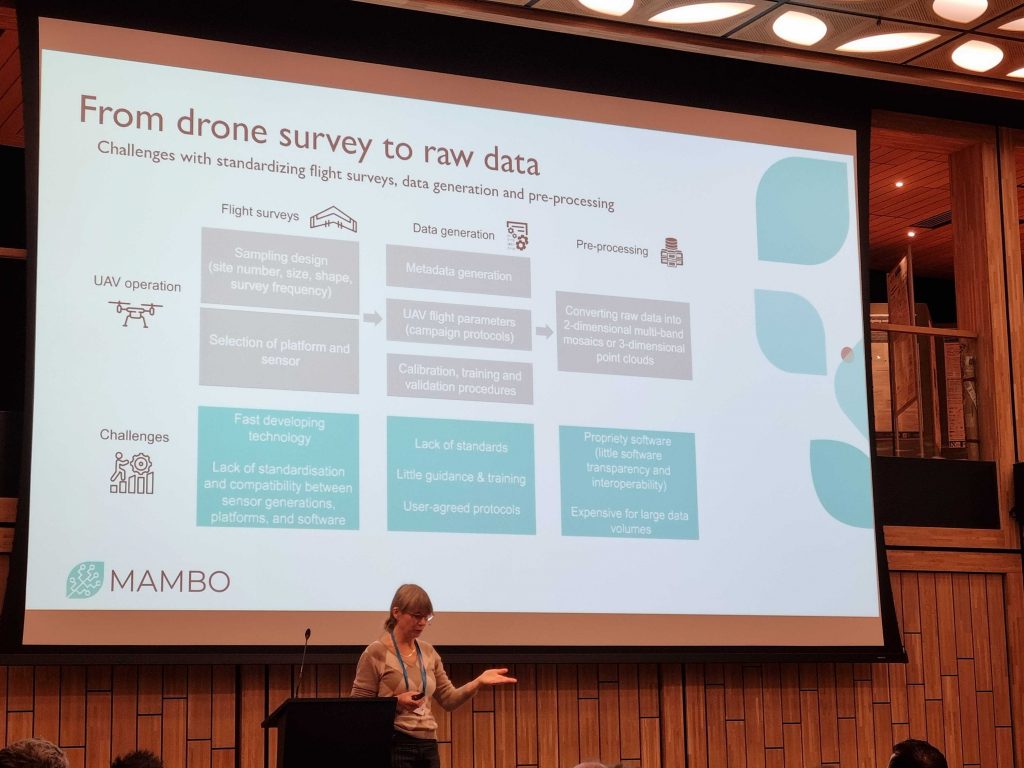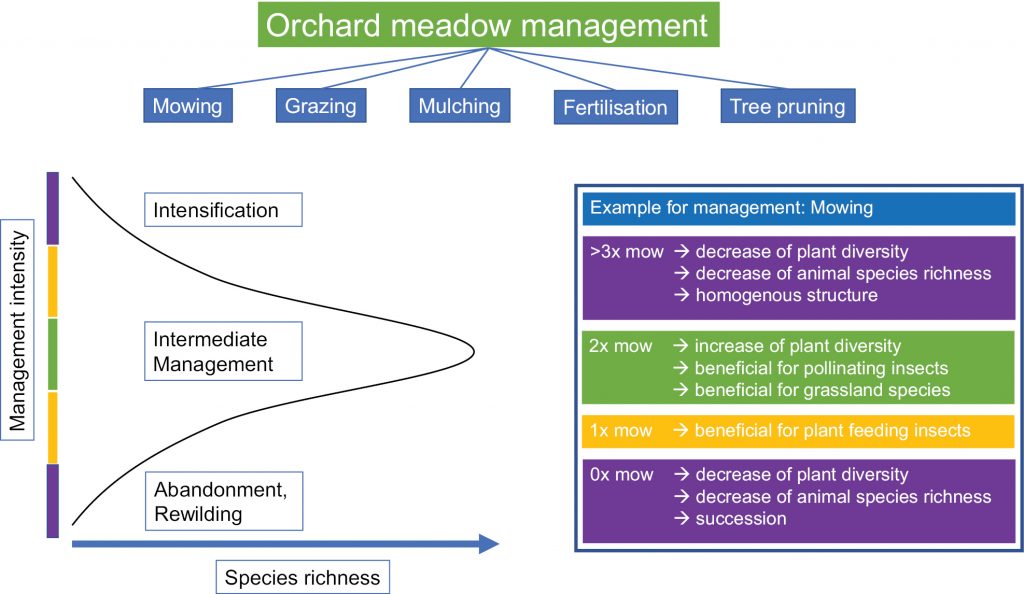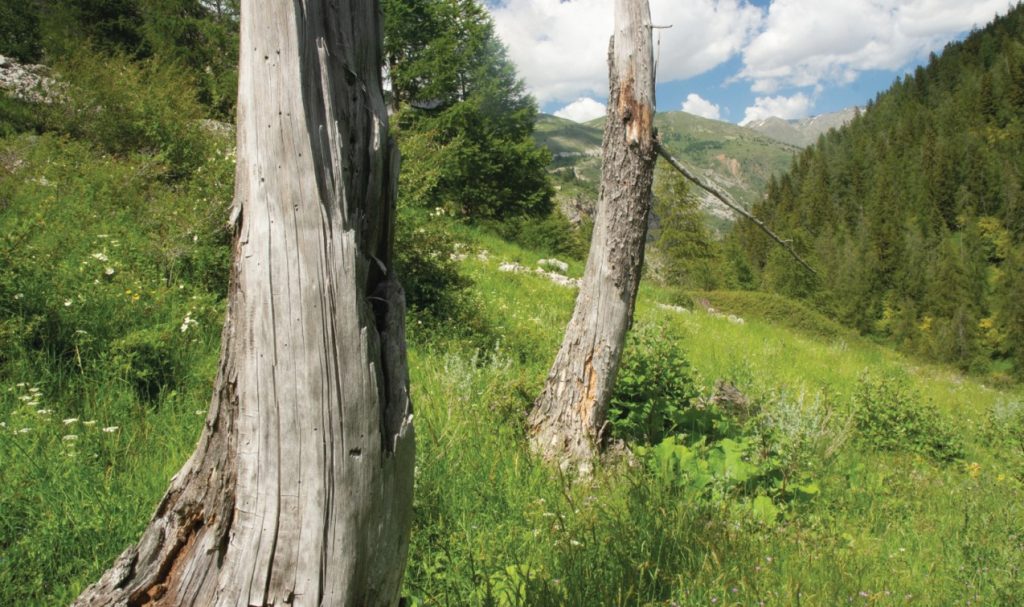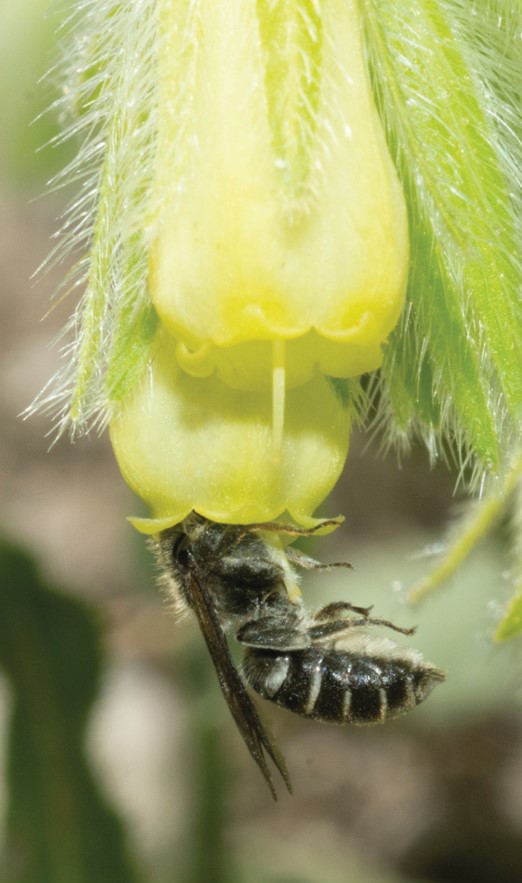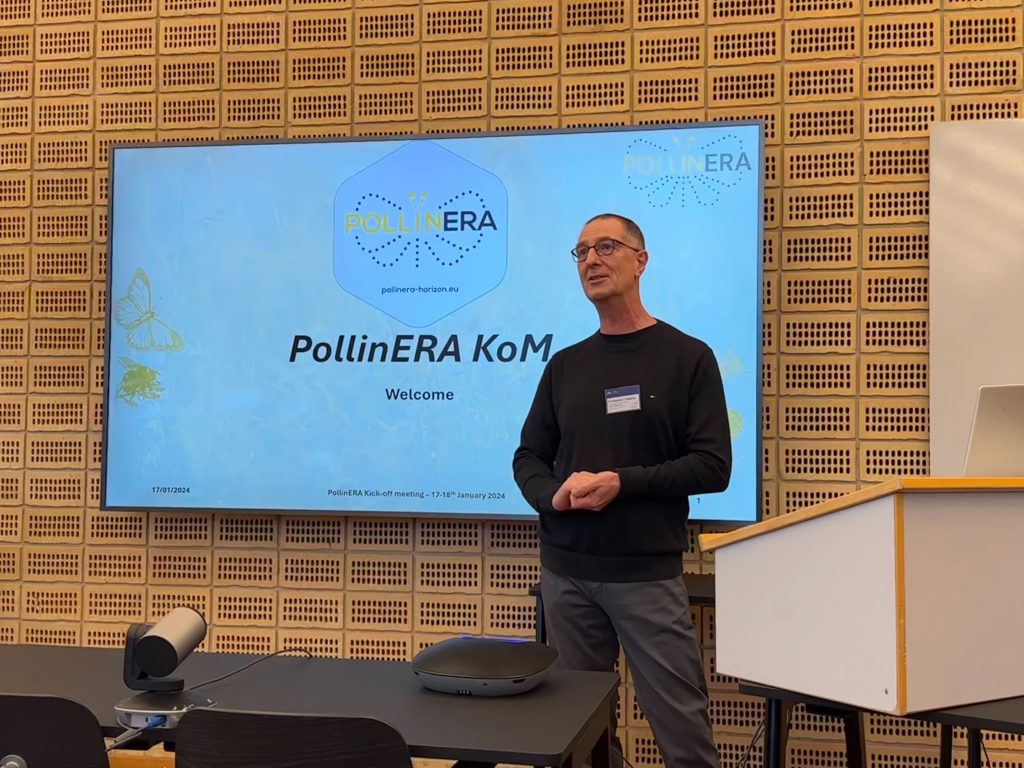Between 17th and 22nd June 2024, Pensoft’s scholarly publishing and project teams joined the European Congress of Conservation Biology (ECCB), organised by the Society for Conservation Biology and hosted by the University of Bologna.
Here’s a fun fact: the University of Bologna is the oldest one still in operation in the world. It is also etched in history for being the first institution to award degrees of higher learning.
This year, the annual event themed “Biodiversity positive by 2030” took place in the stunning Italian city of Bologna famous for its historical and cultural heritage, in a way building a bridge between the past of European civilisation and the future, which is now in our hands.
***
At the Pensoft’s stand, delegates learned about the scientific publisher’s versatile open-access journal portfolio of over 30 journals covering the fields of ecology and biodiversity, as well as other related services and products offered by Pensoft, including the end-to-end full-featured scholarly publishing platform ARPHA, which hosts and powers all Pensoft journals, in addition to dozens other academic outlets owned by learned societies, natural history museums and other academic institutions.
In addition to its convenient collaborative online environment, user interface and automated export/import workflows, what ARPHA’s clients enjoy perhaps the most, are the various human-provided services that come with the platform, including graphic and web design, assistance in journal indexing, typesetting, copyediting and science communication.
Visitors at the stand could also be heard chatting with Pensoft’s Head of Journal development, Marketing and PR: Iva Boyadzhieva about the publisher’s innovative solutions for permanent preservation and far-reaching dissemination and communication of academic outputs that do not match the traditional research article format.
For example, the Research Ideas and Outcomes (RIO) journal was launched in 2015 by Pensoft as an open-science journal that would publish ‘unconventional’ research outputs, such as Grant proposals, Policy briefs, Project reports, Data management plans, Research ideas etc. Its project-branded open-science collections are in fact one of the Pensoft’s products that enjoys particular attention to participants in scientific projects funded by the likes of the European Commission’s Horizon programme.
Another innovation by Pensoft that easily becomes a talking point at forums like ECCB, is the ARPHA Conference Abstract (ACA) platform, which is basically a journal for conference abstracts, where abstracts are treated and published much like regular journal articles (a.k.a. ‘mini papers’) to enable permanent preservation, but also accessibility, discoverability and citability. Furthermore, ACA has been designed to act as an abstracts submission portal, where the abstracts undergo review and receive feedback before being published and indexed at dozens of relevant scientific databases.
***
At ECCB 2024, our team was also happy to meet in person many authors and editors, whose work has frequented the pages of journals like Nature Conservation, Biodiversity Data Journal, ZooKeys and NeoBiota, to name a few.
On Wednesday, delegates also got a chance to hear the talk by renowned vegetation ecologist at the ZHAW Zurich University of Applied Sciences and Editor-in-Chief at the Vegetation Classification and Survey journal: Prof. Dr. Jürgen Dengler. He presented findings and conclusions concerning neophytes in Switzerland, while drawing comparisons with other European countries and regions.
***
At this year’s ECCB, Pensoft took a stand as an active Horizon project participant too. At the publisher’s booth, the delegates could explore various project outputs produced within REST-COAST, SpongeBoost and BioAgora. Each of these initiatives has been selected by the European Commission to work on the mitigation of biodiversity decline, while aiming for sustainable ecosystems throughout the Old continent.
In all three projects, Pensoft is a consortium member, who contributes with expertise in science communication, dissemination, stakeholder engagement and technological development.
Coordinated by the Catalonia University of Technology UPC-BarcelonaTech and involving over 30 European institutions, REST-COAST has been working on developing tools to address key challenges to coastal ecosystems – all consequences of a long history of environmental degradation of our rivers and coasts.
Having started earlier this year, SpongeBoost is to build upon existing solutions and their large-scale implementation by implementing innovative approaches to improve the functional capacity of sponge landscapes. The project is coordinated by the Helmholtz Centre for Environmental Research (UFZ) and will be developed with the active participation of 10 partnering institutions from seven countries across Europe.
In the meantime, since 2022, the five-year BioAgora project has been working towards setting up the Science Service for Biodiversity platform, which will turn into an efficient forum for dialogue between scientists, policy actors and other knowledge holders. BioAgora is a joint initiative, which brings together 22 partners from 13 European countries led by the Finnish Environment Institute (SYKE).
***
Still, REST-COAST, SpongeBoost and BioAgora were not the only Horizon projects involving Pensoft that made an appearance at ECCB this year thanks to the Pensoft team.
On behalf of OBSGESSION – another Horizon-funded project, Nikola Ganchev, Communications officer at Pensoft, presented a poster about the recently started project. Until the end of 2027, the OBSGESSION project, also led by the Finnish Environment Institute (SYKE) and involving a total of 12 partnering organisations, will be tasked with the integration of different biodiversity data sources, including Earth Observation, in-situ research, and ecological models. Eventually, these will all be made into a comprehensive product for biodiversity management in both terrestrial and freshwater ecosystems.
On Tuesday evening, the CO-OP4CBD (abbreviation for Co-operation for the Convention on Biological Diversity) team: another Horizon Europe project, where Pensoft contributes with expertise in science communication and dissemination, held a workshop dedicated to what needs to be done to promote CBD activities in Central and Eastern Europe.
On the next day, scientists from the EuropaBON consortium: another project involving Pensoft that had concluded only about a month ago, held a session to report on the final conclusions from the project concerning the state and progress in biodiversity monitoring.
***
You can find the detailed scientific programme of this year’s ECCB on the congress’ website.
Use the #ECCB2024 hashtag on X (formerly Twitter) to relive highlights from the ECCB congress.



